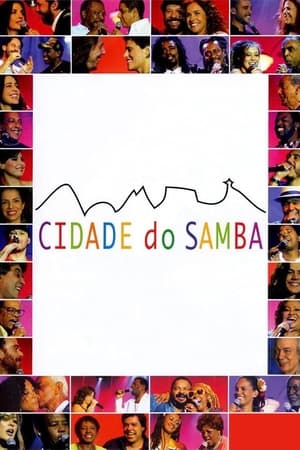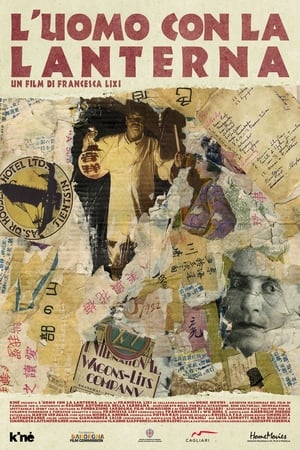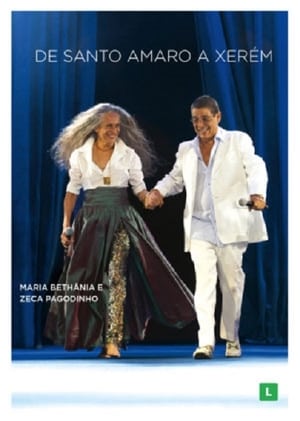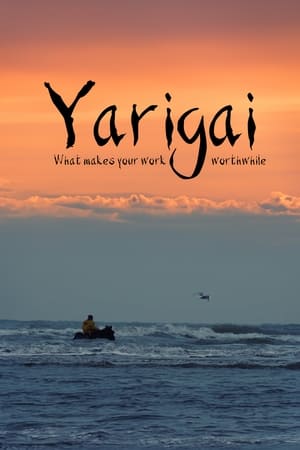

Manifesto Roda de Samba(NaN)
Movie: Manifesto Roda de Samba

Manifesto Roda de Samba
HomePage
Overview
Release Date
Average
0
Rating:
0.0 startsTagline
Genres
Languages:
Keywords
Similar Movies
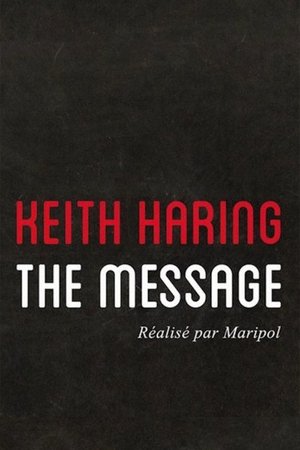 8.0
8.0Keith Haring: The Message(en)
Keith Haring: The Message was released in conjunction with the Keith Haring retrospective at the Museum of Modern Art in Paris. Directed by famed designer, Madonna stylist and Haring confidante Maripol, The Message goes pretty deep into both the artist and the city and times he’ll forever be identified with: New York City, circa the 1980s. The focus, as the title indicates, is upon the “struggles that animated” Keith Haring’s work, his activism – in a word, his “message.”
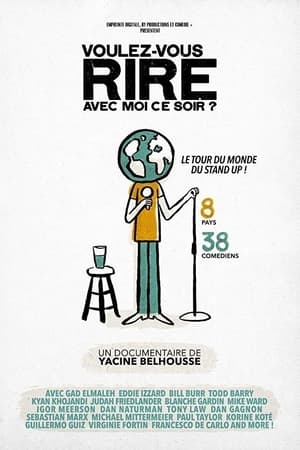 6.0
6.0Voulez-vous rire avec moi ce soir?(fr)
French humorist Yacine Belhousse tours the world to explore how stand-up comedians make audiences laugh across cultures.
 7.4
7.4Sherlock Holmes Against Conan Doyle(fr)
130 years after he was created, Sherlock Holmes is a literary character who exceeded his author's expectations and is known throughout the world. Find out the true story behind the author, Conan Doyle, and his struggle to come to terms with the phenomenon that is Sherlock Holmes.
 0.0
0.0Rap de Saia(pt)
Rap de Saia is a documentary that reports, through the voices and rhymes of the protagonists themselves, part of the historical trajectory of Female Rap in the State of Rio de Janeiro. In addition to its historical trajectory, Rap de Saia brings a collection of themes that leads us to reflect on women in today's society.
 0.0
0.0Tradição e Herança Ancestral - A história dos Mestres de Folias de Reis de Nova Iguaçu(pt)
 0.0
0.0THE QUEST: Everest(en)
THE QUEST: Everest is a journey to deeper understand and climb the most iconic mountain in the world, Mt. Everest, and to reveal its amazing history and culture. From experiencing Everest like never before to witnessing unique stories about one of the most remarkable places on earth, THE QUEST: Everest is a one-of-a-kind cinematic tribute to the human spirit of adventure that lives inside us all.
Atilogivu: The Story of a Wrestling Match(en)
While no wrestling is actually depicted, Atilogivu: The Story of a Wrestling Match documents gymnastic dancing to drum and flute music of the Ibu people, east of the River Niger.
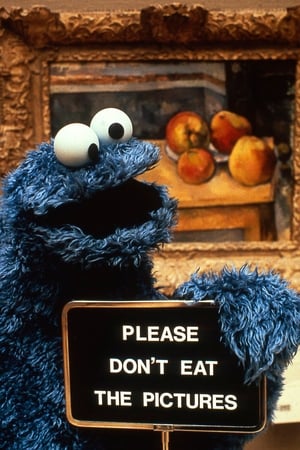 6.5
6.5Don't Eat the Pictures: Sesame Street at the Metropolitan Museum of Art(en)
As the Metropolitan Museum of Art closes, Big Bird decides to leave his Sesame Street friends behind in search of Snuffy. Once locked inside for the night, educational hilarity ensues as Big Bird and Snuffy team up to help a small Egyptian boy solve a riddle - as the rest of the cast searches for their big, yellow friend.
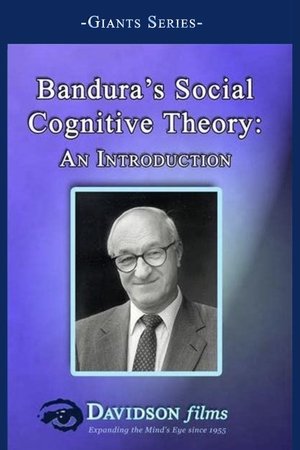 0.0
0.0Bandura’s Social Cognitive Theory: An Introduction(en)
Treading new ground in the field of social psychology, Albert Bandura’s work has become basic to an understanding of how social forces influence individuals, small groups and large groups. From his early BoBo doll experiments through his work with phobias, to his recent work on self-efficacy, Bandura has given us a sense of how people actively shape their own lives and those of others. Utilizing archival materials and newly shot visuals, students will be introduced to the vocabulary and innovative methods of this influential thinker. Dr. Bandura’s narration imbues this video with his compelling presentation style and intellectual authority.
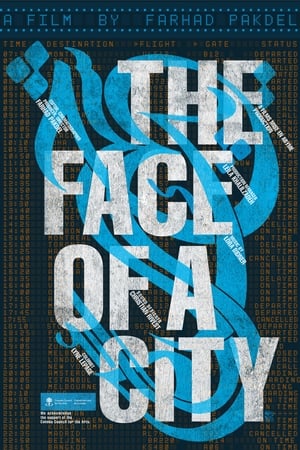 0.0
0.0The Face of a City(fa)
The stories of four Iranian families who emigrate to Canada and the city they leave behind. As departure time approaches, social spaces become places of memory, fading into the distance.
Sent Away Boys(en)
What happens to families in the absence of sons? What happens to land in the absence of farmers? What happens to villages in the absence of men? Sent Away Boys weaves together stories of individual ambitions and family biographies from Punjab (India) to chronicle the gradual transformation of agrarian landscape and patriarchal traditions through ongoing transnational migration. As the promise of a secure future in agriculture grows increasingly uncertain for young men across the region, escaping India to join the low-wage labor in countries like Canada and USA becomes their sole aspiration. In rural Punjab, being a successful man now entails leaving their village, traveling abroad, and sending money home. Through interviews with men preparing to undertake often risky journeys and women awaiting the return of their sons, brothers and husbands, Sent Away Boys shows how young men's decisions to emigrate implicate families and communities across North India.
 10.0
10.0Carving Thy Faith(tl)
A five-year visual ethnography of traditional yet practical orchestration of Semana Santa in a small town where religious woodcarving is the livelihood. An experiential film on neocolonial Philippines’ interpretation of Saints and Gods through many forms of rituals and iconographies, exposing wood as raw material that undergoes production processes before becoming a spiritual object of devotion. - A sculpture believed to have been imported in town during Spanish colonial conquest, locally known as Mahal na Señor Sepulcro, is celebrating its 500 years. Meanwhile, composed of non-actors, Senakulo re-enacts the sufferings and death of Jesus. As the local community yearly unites to commemorate the Passion of Christ, a laborious journey unfolds following local craftsmen in transforming blocks of wood into a larger than life Jesus crucified on a 12-ft cross.
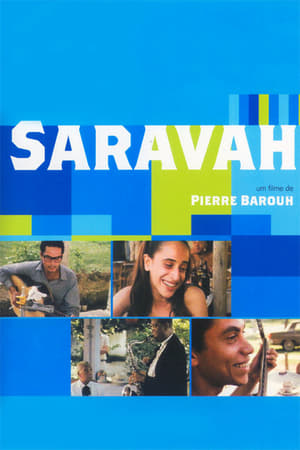 7.5
7.5Saravah(pt)
Documentary about Brazilian music circa 1969, with extremely rare scenes, such as the only color footage of Pixinguinha, images of João da Baiana, one of the fathers of Samba, Maria Bethânia rehearsing at Barroco nightclub, Baden Powell playing his acoustic guitar, Paulinho da Viola showing his masterpiece "Coisas do Mundo, Minha Nega", that he had just finished, and Márcia, a singer from São Paulo.
 6.0
6.0Margaret Mead: An Observer Observed(en)
A documentary on the influential anthropologist Margaret Mead. Using never-before-seen archival footage, stills, interviews and dramatic re-creations, it shows the journey of how Mead became a scientist, adventurer and international celebrity. As a true pioneer of cultural anthropology, her findings and ideas shaped how we think about ourselves.
 0.0
0.0The Navel of the World(en)
“Te Pito o Te Henua” (The Navel of the World) tells the story of the community behind Rapa Nui’s largest and most colorful annual Indigenous celebration, the Tāpati Rapa Nui Festival. Honoring ancient rites and competitions, Rapa Nui families participate in nine days of athletic feats, cultural demonstrations and ceremonies paying respect to the land, water and other natural beings of the island. They also crown a Queen to represent her people for a year throughout Polynesia and on the world stage. The film traces the journey of 19-year-old candidate Vaitiare and her family as they join work to earn her the crown and represent this small but well-known island as its people fight for increased autonomy and recognition on the world stage. Through intimate character portraits, behind-the-curtain moments and heartfelt musical performances, “Te Pito o Te Henua” reveals the true meaning of Tāpati and the deep connections the Rapa Nui share with their lands and waters.
